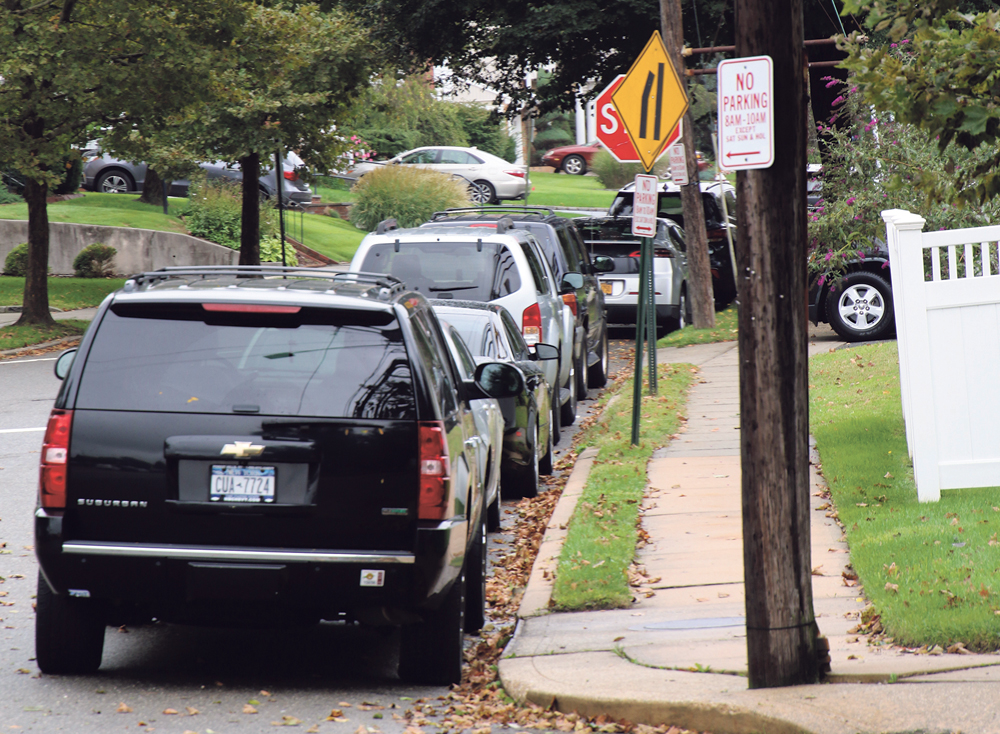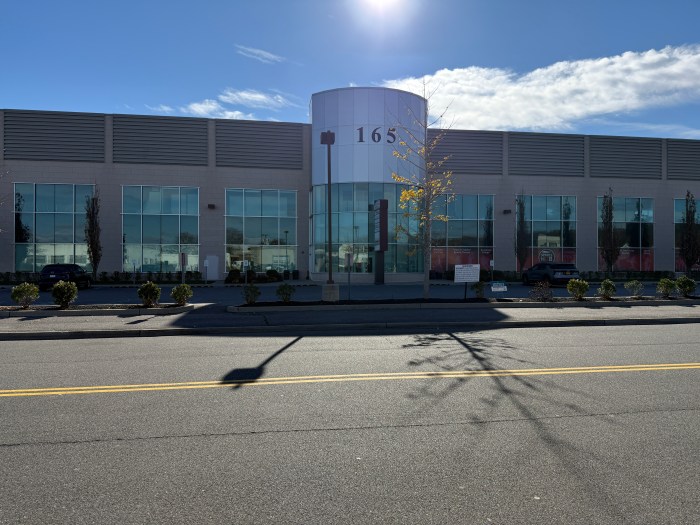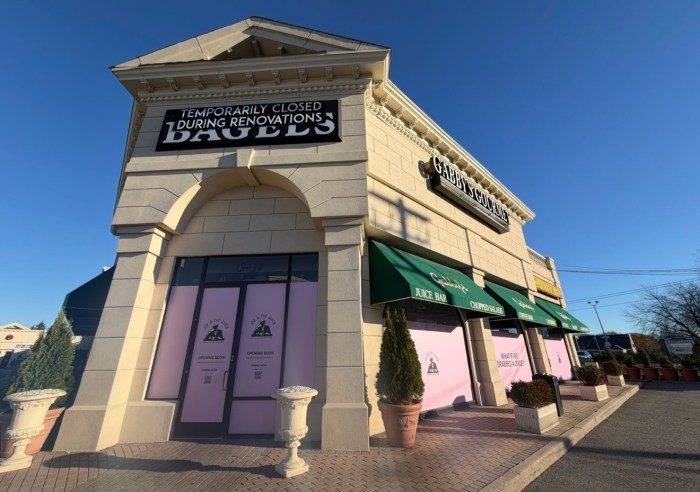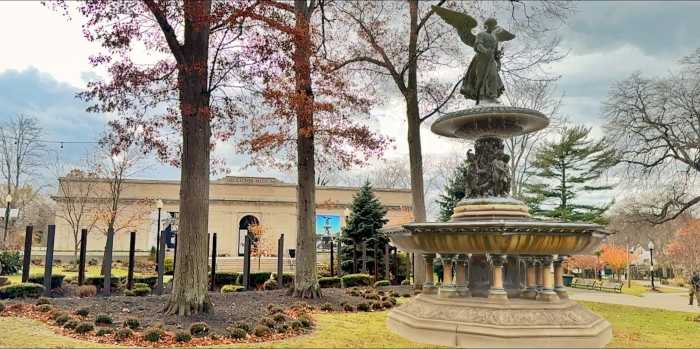‘Tortuous process’ leads back to square one
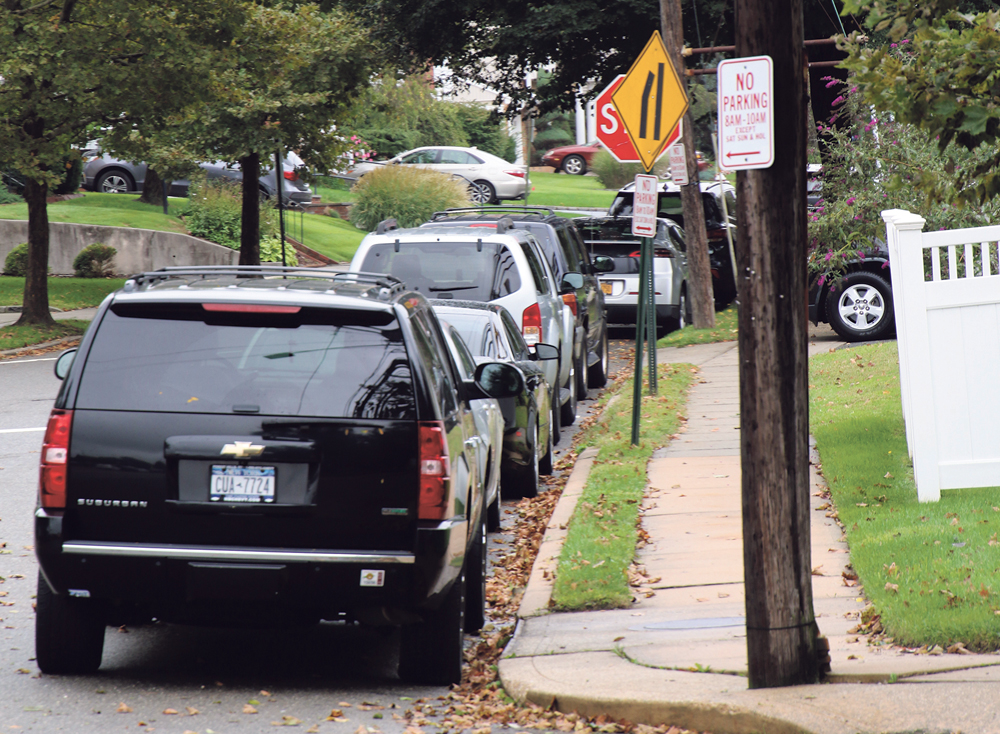
So much for good intentions.
More than a year ago, Town of Oyster Bay Councilwoman Rebecca Alesia met with a group of Syosset women whose plight, as a working parent herself, she keenly felt. Commuters all, they detailed the consequences of insufficient parking at the Syosset railroad station.
“Some of them were either having to wake their babies up from sleeping to take them to the train station so the father or partner could drop them off…or they were leaving the house at 4:30 or 5 o’clock in the morning and not seeing their children at all in order to be able to get a parking space,” Alesia related at a town board meeting earlier this year.
So she talked things over with John Bishop, deputy commissioner of the highway department. They came up with several possible solutions. One implemented was to remove restrictions and expand the parking hours on residential streets in the area surrounding the train station.
The reaction was swift and overwhelmingly negative.
“The tidal wave of complaints and outrage that came in from the people that live in the area immediately surrounding the train station was quite honestly like nothing I’ve ever seen,” Alesia remarked. “I’ve been here ten years, and I’ve never seen this level of commitment to a cause. People were extremely upset. It was having a very deleterious impact on their quality of life.”
Alesia then organized a series of meetings, gathering as many stakeholders as possible. Residents overwhelmingly wanted the restrictions on parking put back in.
And in due course, the town did pass a resolution in September adding NO STOPPING and NO PARKING zones to various areas throughout the town.
Observed Alesia, “To say this has been a tortuous process would be an understatement.”
Alesia added, “This is not a solution. This is alleviating the problem of the residents, which is great, but it is not alleviating the problem of the commuters and it’s bad. We really,…do have to work with the Long Island Rail Road. We have to try to find space where we might be able to do a shuttle.,,,,This obviously was a misguided attempt, but we will…continue to look for a solution.”
Bishop stated, “In the meantime, we are still looking for ways to solve the problem, whether that be a parcel of land or busing or trying to accommodate parking restrictions with the LIRR and maybe work with the Oyster Bay Line. I mean, we’re really looking at every angle. We were trying to create a solution, which then just snowballed into a bigger issue. So we’re going back to square one, putting all the [parking restriction] signs back.”
The councilwoman noted that most households now had two working parents, and with so many commuting, they needed the parking.
Supervisor Joseph Saladino added that, with the high price of housing, many millennials were living at home—and many of them also commuted to work.
Saladino said he and Councilman Anthony Macagnone “walked the [Syosset station parking lot] in terms of realigning to add more spots, but that’s just one of the solutions, and we are currently working with the MTA and the state for a permanent solution to this that would greatly expand our parking needs We appreciate the support of the public, all of our board members, all of us working together on the solution that we know will solve the problem for the commuter side of this.”
Garage Solution?
Charles Schulman of Syosset wondered if a multi-level garage, such as the one the town erected in Hicksville, would solve the problems.
Saladino replied that a garage was being looked at, but was obviously a costly solution. A one-level garage costs about $30,000 per spot, he pointed out, and costs rise as the levels do to support the weight of vehicles. Every community with a railroad station would want one, and it would impose a cost of hundreds of millions that the town just did not have.
“So we are exploring all options,” Saladino went on. “We are currently in the process of negotiations with the state. We hope and pray that we will have some good news there and I think that’s one of the better options. Obviously, in the meanwhile, we’re looking into other options like shuttles from a different location….And the other solutions, the short term as well as the long-term solutions that involve the MTA.”
Hank Tiska has lived in Syosset since 1963 and said that Woodbury Way, his street, has of late become “a superhighway between Syosset-Cold Spring Road and Berry Hill used by the commuters.”
He complained that over the years, the commuters have gotten less respectful of the traffic laws, thus the town had to put up two stops signs on his block to slow down speeders.
Tiska said the change in parking regulations that increased commuter parking brought an immediate change to his block.
“How would you like a car parked in front of your house from 7 a.m. to 7 p.m.?” he wondered.
In addition, Tiska dismissed the idea of a parking garage, stating that it would only bring more cars to Syosset.
“The solution is not a parking garage in downtown Syosset,” Tiska stated. “It’s moving the station somewhere else, and we’ve talked about that for years.”
When Saladino suggested two stations, Tiska dismissed the idea.
“You wouldn’t want to do it,” he argued. “They’re too close together. It doesn’t make sense. You need one station with significant parking area.”
The town has created a Commuter Parking Committee to seek solutions to the widespread problem of commuter parking.
According to a statement from the town, “While the committee continues to seek ways in which to enhance parking opportunities at property already-owned by the town, the long-term solution lies with the MTA/LIRR, which must construct new structured parking throughout Long Island communities.”




